Efforts to protect marine life have led to remarkable comebacks for several species once on the brink of extinction. Conservation laws and international agreements have played a crucial role in safeguarding these animals, allowing their populations to rebound over time. From whales to seals, many marine mammals are now thriving in their natural habitats, thanks to sustained and targeted conservation efforts. These success stories highlight the importance of continued protection and the positive impact that well-enforced conservation measures can have on endangered species.
Humpback Whale
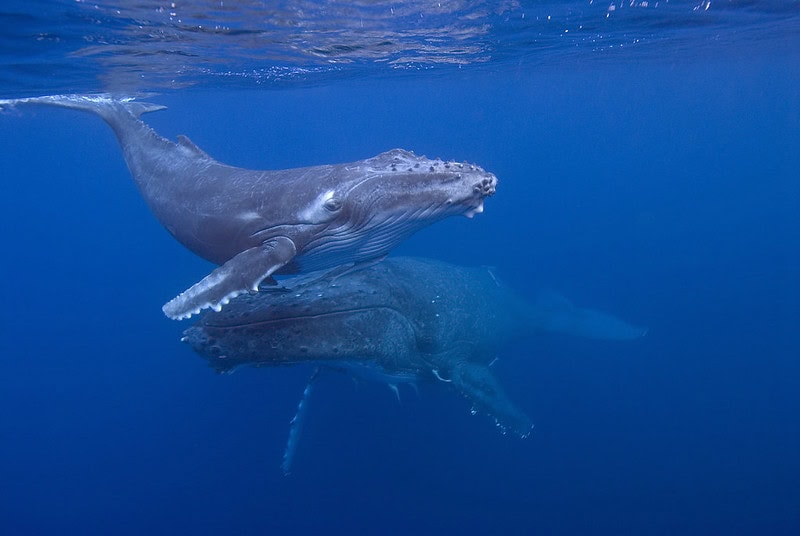
Humpback whales, once teetering on the brink of extinction due to relentless whaling, have made a remarkable comeback. Their population numbers have surged, thanks to international whaling bans and protective measures under the Endangered Species Act. These majestic creatures are now a common sight in many of their historical habitats, from the Pacific to the Atlantic. Efforts to preserve their feeding and breeding grounds have also contributed to their recovery. Today, humpback whales serve as a shining example of successful marine conservation.
California Sea Otter
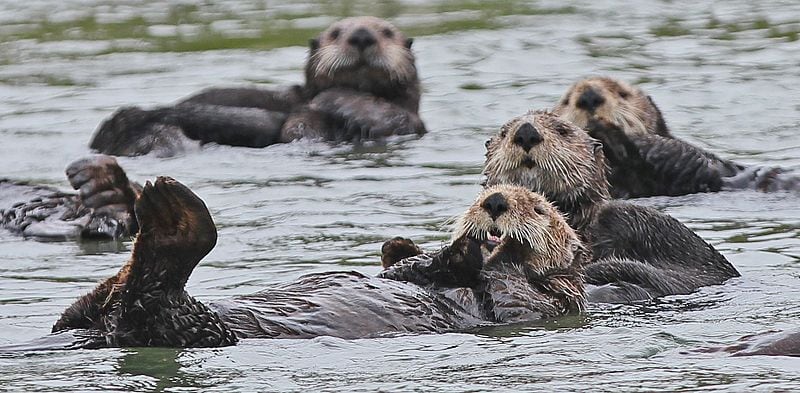
The California sea otter was nearly wiped out in the 20th century due to fur trade, but thanks to protection under the Marine Mammal Protection Act, their numbers have significantly increased. These playful animals play a crucial role in maintaining the health of kelp forests by preying on sea urchins, which can otherwise decimate kelp. Conservation efforts have focused on habitat protection and pollution reduction, which have been key to their recovery. While still listed as threatened, the population has grown steadily over the past decades. Their resurgence is a testament to the effectiveness of targeted conservation strategies.
Gray Whale
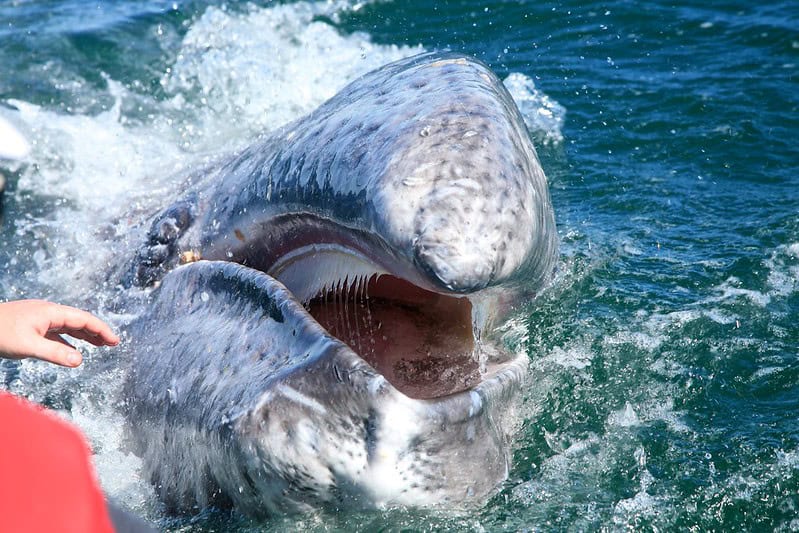
The gray whale population was severely depleted by commercial whaling, but the implementation of international whaling regulations and protection under the Endangered Species Act have allowed these giants of the sea to bounce back. Gray whales now embark on one of the longest migrations of any mammal, traveling between feeding grounds in the Arctic and breeding areas in Mexico. Conservation efforts have also included the protection of their migratory routes from shipping traffic and oil exploration. Today, gray whales are a symbol of successful species recovery and are even considered a conservation success story.
Northern Elephant Seal
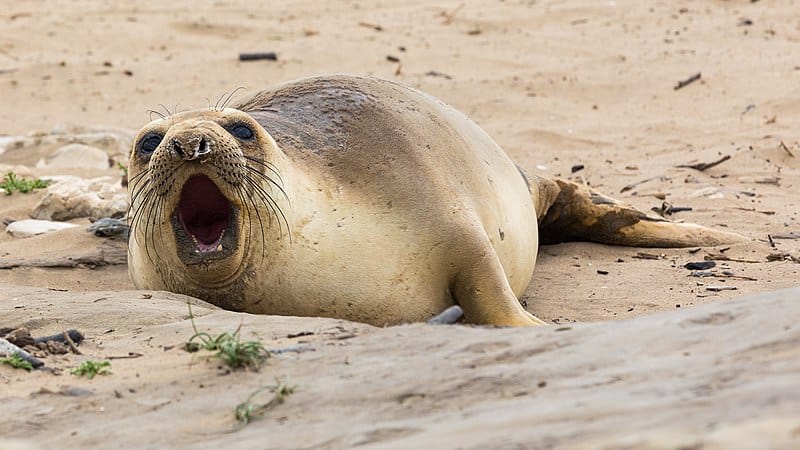
Northern elephant seals were hunted to near extinction for their blubber, which was used to make oil, but stringent hunting bans and the establishment of marine protected areas have allowed their numbers to rebound. These massive seals, known for their long migrations and deep dives, now have breeding colonies that are thriving along the California and Mexican coasts. Conservation efforts have focused on protecting their breeding beaches and minimizing human disturbances. The resurgence of the northern elephant seal population is a clear victory for marine conservation laws.
Hawaiian Monk Seal
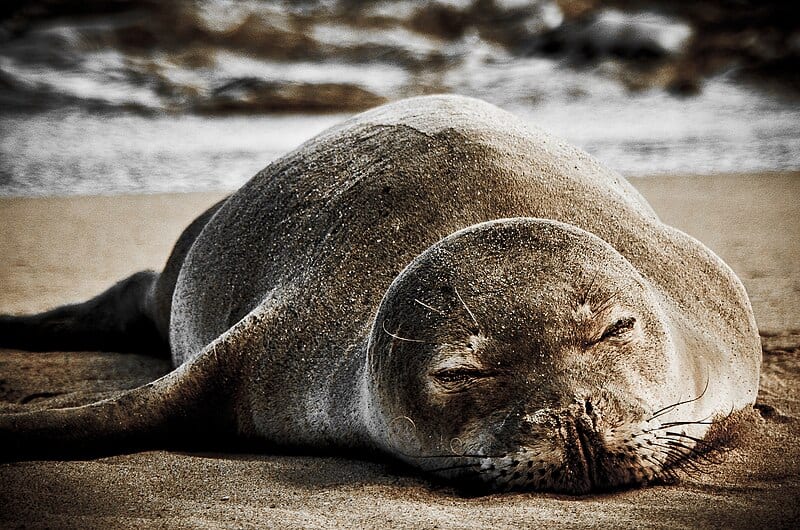
The Hawaiian monk seal, one of the most endangered marine mammals, has seen a gradual increase in population due to concerted conservation efforts. Once on the brink of extinction, these seals have benefited from protections under the Endangered Species Act and the establishment of the Papahānaumokuākea Marine National Monument. Efforts to reduce bycatch, protect pupping beaches, and rehabilitate injured individuals have been instrumental in their recovery. While their population is still fragile, the positive trend in numbers is encouraging. The Hawaiian monk seal’s comeback underscores the importance of sustained conservation initiatives.
Bowhead Whale
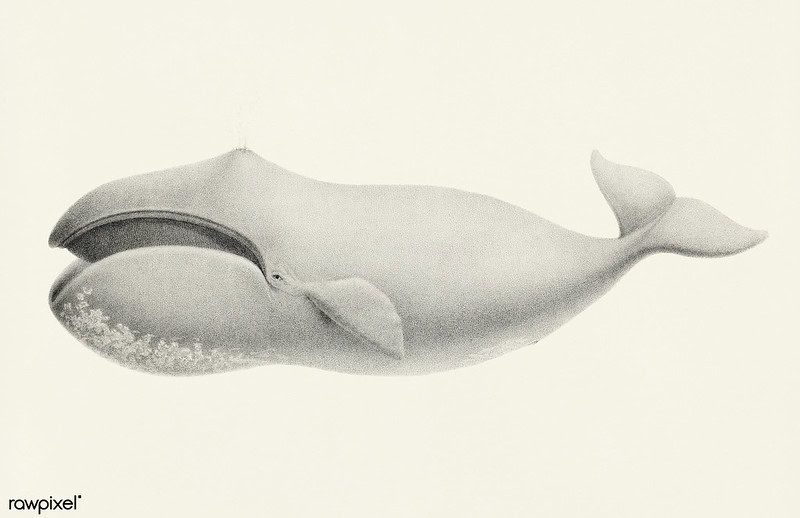
Bowhead whales, once heavily targeted by commercial whaling for their baleen and blubber, have made a significant recovery under international protection. These Arctic giants are known for their incredible longevity, with some individuals living over 200 years. The cessation of whaling, coupled with habitat protection in their icy waters, has allowed their population to slowly increase. Bowhead whales are now a vital part of indigenous cultures in the Arctic, where sustainable hunting is permitted under strict regulations. Their recovery highlights the balance between conservation and cultural practices.
Sea Lions

Sea lions, particularly the Steller sea lion, faced significant population declines due to hunting and overfishing of their prey. However, protective measures under the Marine Mammal Protection Act and the establishment of critical habitat zones have led to a resurgence in their numbers. These charismatic pinnipeds are now thriving in regions from Alaska to California. Efforts to manage fish stocks and reduce entanglement in fishing gear have also played a crucial role in their recovery. The rebound of sea lion populations is a strong indicator of effective marine conservation policies.
West Indian Manatee
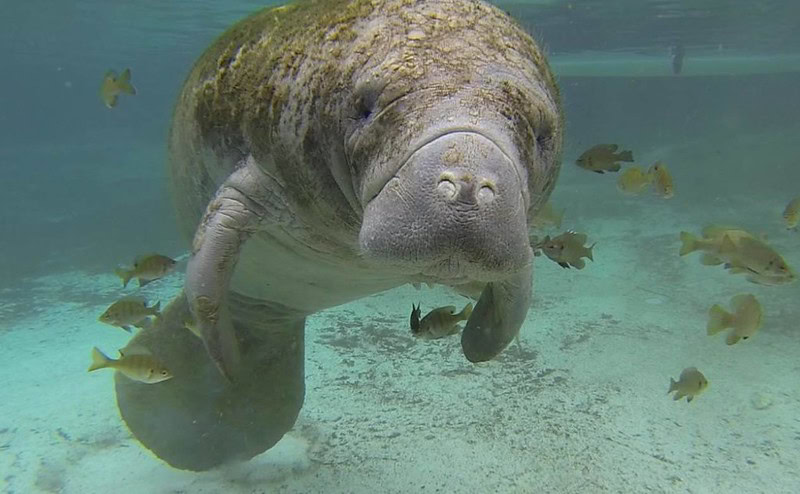
The West Indian manatee, commonly known as the sea cow, has been a conservation success story, thanks to stringent protections under the Endangered Species Act and the Marine Mammal Protection Act. These gentle giants, once severely threatened by boat strikes and habitat loss, have seen their populations rise, particularly in Florida. Efforts to create manatee protection zones and educate the public about boat speed regulations have been pivotal in their recovery. Today, the manatee is no longer listed as endangered, though it remains a conservation-dependent species. Their rebound is a heartening example of how focused conservation efforts can yield positive results.
Southern Right Whale
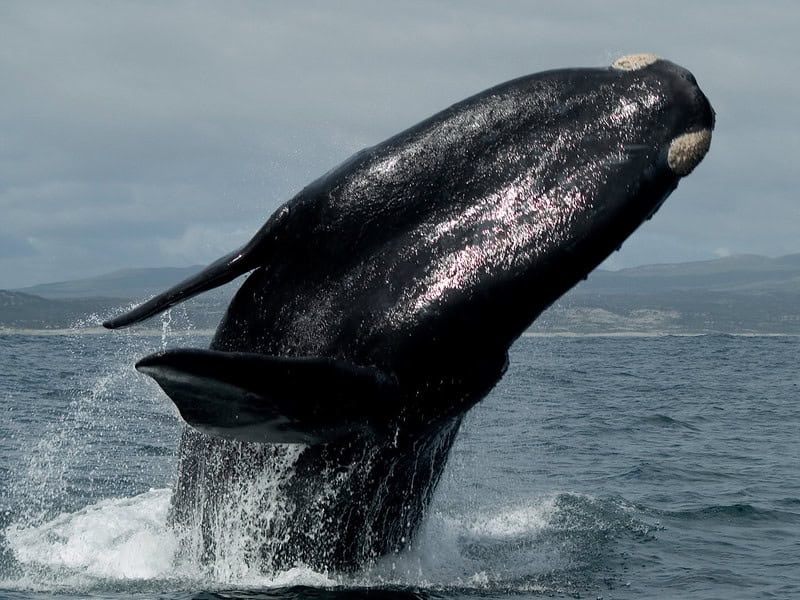
Southern right whales, which were once hunted nearly to extinction, have experienced a population recovery due to international whaling bans and the establishment of marine sanctuaries. These whales are now frequently sighted off the coasts of Argentina, South Africa, and Australia, where they come to breed and calve. Conservation efforts have focused on protecting these breeding grounds and reducing ship strikes. The resurgence of the southern right whale population is a powerful reminder of the resilience of nature when given the chance to recover.
Harbor Seal
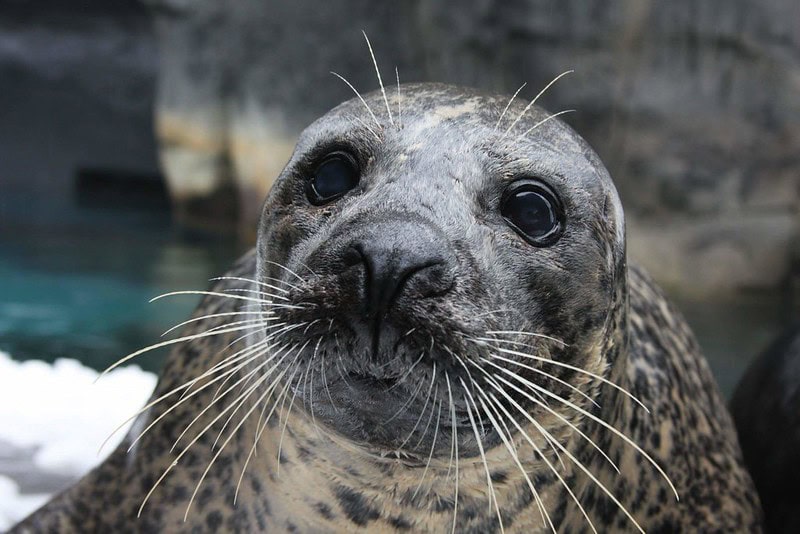
Harbor seals, found along the coastlines of the Northern Hemisphere, were once heavily hunted for their pelts and oil, leading to dramatic population declines. However, protections under the Marine Mammal Protection Act and various international agreements have allowed their populations to stabilize and grow. These adaptable seals are now thriving in a range of habitats, from icy waters to temperate estuaries. Conservation measures have also focused on reducing pollution and human disturbances in key haul-out sites. The recovery of harbor seals illustrates the effectiveness of comprehensive marine protection strategies.
Blue Whale

The blue whale, the largest animal on the planet, was driven to near extinction by commercial whaling, but international protection under the International Whaling Commission has allowed their population to slowly recover. These majestic creatures are now being sighted more frequently in feeding areas around the world, including off the coasts of California and Chile. Conservation efforts have included protecting their feeding grounds and monitoring ship traffic to reduce the risk of collisions. While still listed as endangered, the increase in blue whale sightings is a promising sign of recovery for this iconic species.
Southern Sea Otter
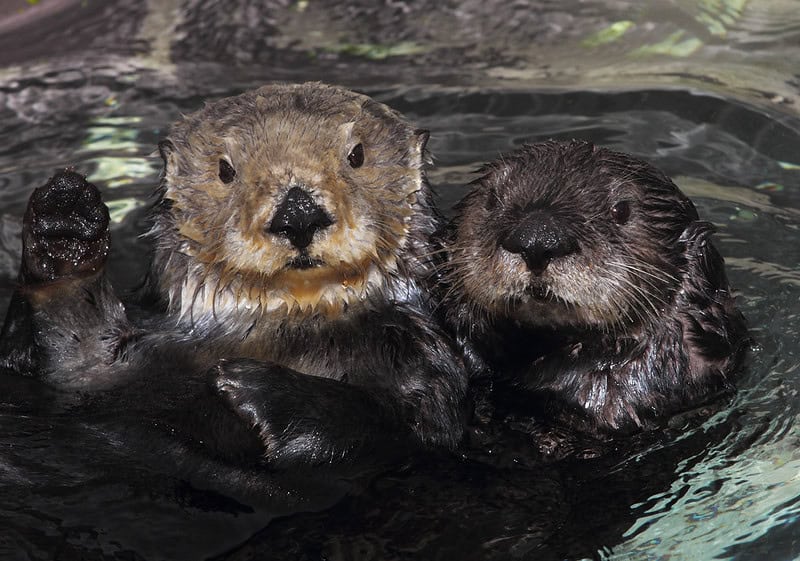
The southern sea otter, a keystone species in California’s coastal ecosystems, faced near extinction due to the fur trade. However, protection under the Endangered Species Act and efforts to restore kelp forests have led to a slow but steady population increase. These otters play a crucial role in maintaining the balance of marine ecosystems by preying on sea urchins, which can overgraze kelp forests. Conservation programs have also focused on reducing oil spill risks and pollution in their habitats. The rebound of the southern sea otter population is a positive outcome of dedicated conservation efforts.
Dugong
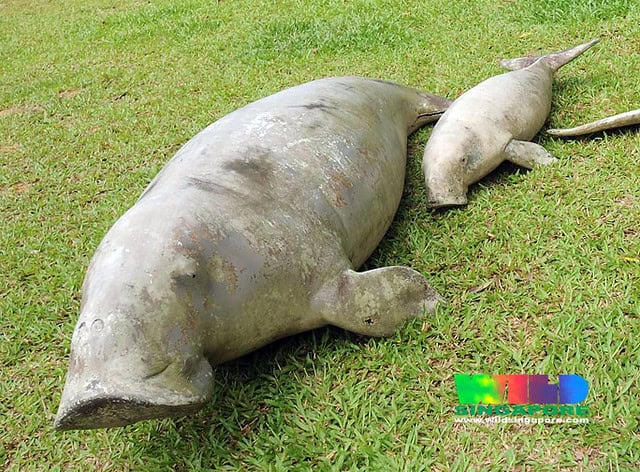
Dugongs, marine mammals closely related to manatees, have seen population increases in certain regions due to conservation measures and habitat protection. These gentle herbivores are found in warm coastal waters from East Africa to Australia, where they graze on seagrasses. International conservation agreements and local efforts to protect seagrass beds and reduce hunting pressures have been critical in their recovery. Although still vulnerable, the positive trends in dugong populations in protected areas highlight the importance of targeted conservation actions.
North Atlantic Right Whale
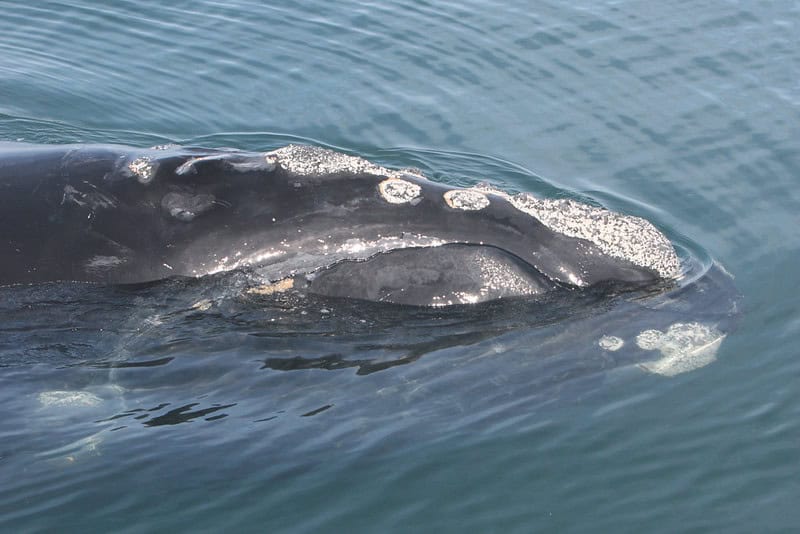
North Atlantic right whales, among the most endangered whale species, have seen slight population increases due to protective measures under the Endangered Species Act and international conservation efforts. These whales were nearly wiped out by whaling and now face threats from ship strikes and entanglement in fishing gear. Conservation efforts have focused on creating protected areas, implementing ship speed restrictions, and modifying fishing gear to reduce entanglement. While their population remains critically low, the ongoing efforts give hope for the future of this species.
Fin Whale
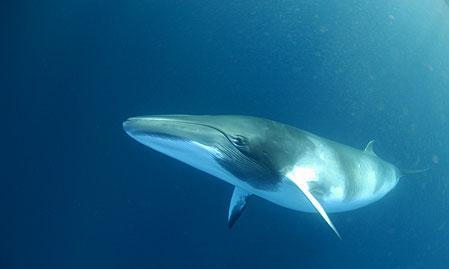
Fin whales, the second-largest species of whale, were heavily targeted by commercial whaling, but international bans and protective measures have allowed their populations to begin recovering. These fast-swimming whales are now frequently sighted in the North Atlantic and Southern Ocean, where they feed on krill and small fish. Conservation efforts have included protecting feeding and breeding grounds and monitoring populations to ensure continued recovery. The resurgence of fin whales is a testament to the effectiveness of global conservation initiatives.
Vaquita
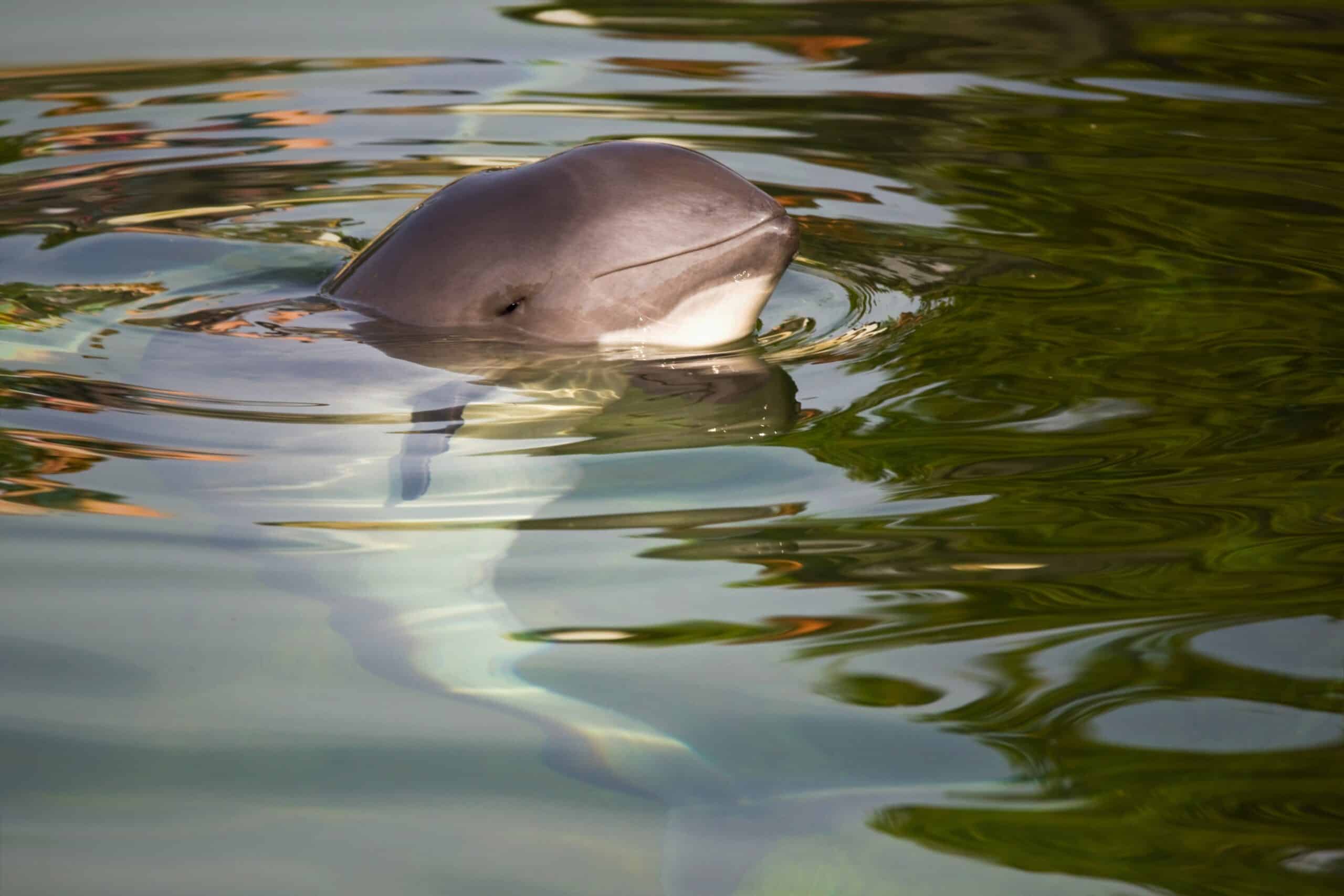
The vaquita, a small porpoise found only in the northern Gulf of California, has become a symbol of conservation efforts due to its critically endangered status. Despite the challenges, ongoing efforts to remove illegal fishing nets and create protected areas have provided a glimmer of hope for this species. International awareness campaigns and strict enforcement of conservation laws have been pivotal in protecting the few remaining individuals. The vaquita’s survival depends on continued and intensified conservation actions. This small mammal’s plight underscores the urgency of marine conservation.
Mediterranean Monk Seal
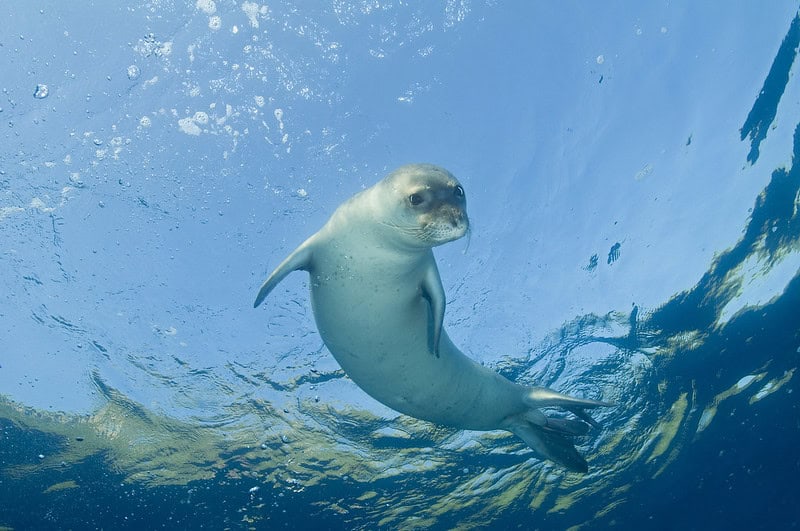
The Mediterranean monk seal, one of the most endangered marine mammals, has seen a modest population increase due to dedicated conservation efforts in the Mediterranean region. These seals, once abundant, were driven to the brink of extinction by hunting, habitat loss, and human disturbances. Conservation actions have focused on protecting remaining breeding sites, reducing human interaction, and raising public awareness. While their population is still critically low, the gradual recovery of the Mediterranean monk seal offers hope for the future of this species. Their story highlights the importance of protecting critical habitats for marine life.
Northern Fur Seal
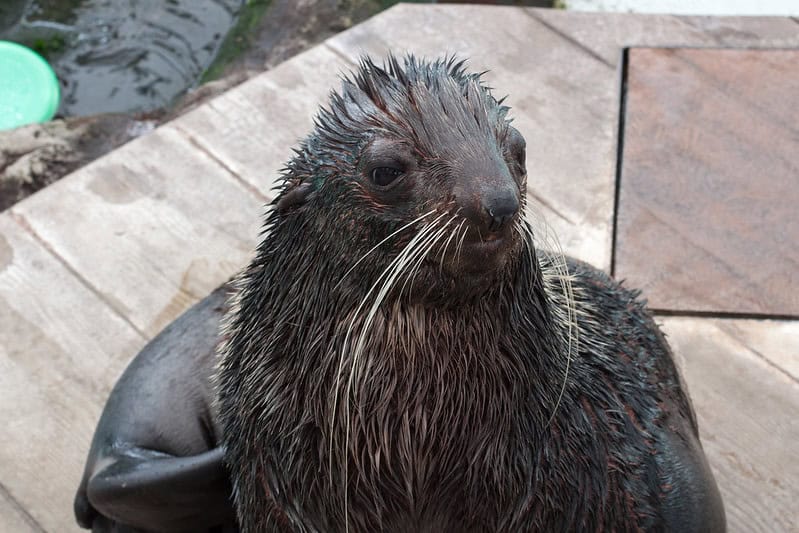
Northern fur seals, prized for their dense fur, were heavily hunted in the 19th and early 20th centuries, leading to significant population declines. However, the establishment of international agreements and protective measures under the Marine Mammal Protection Act have allowed their populations to rebound. These seals are now found in healthy numbers in the Bering Sea and North Pacific. Conservation efforts have also focused on managing fish stocks to ensure a stable food supply for these marine mammals. The recovery of northern fur seals is a positive outcome of international cooperation in marine conservation.
Narwhal
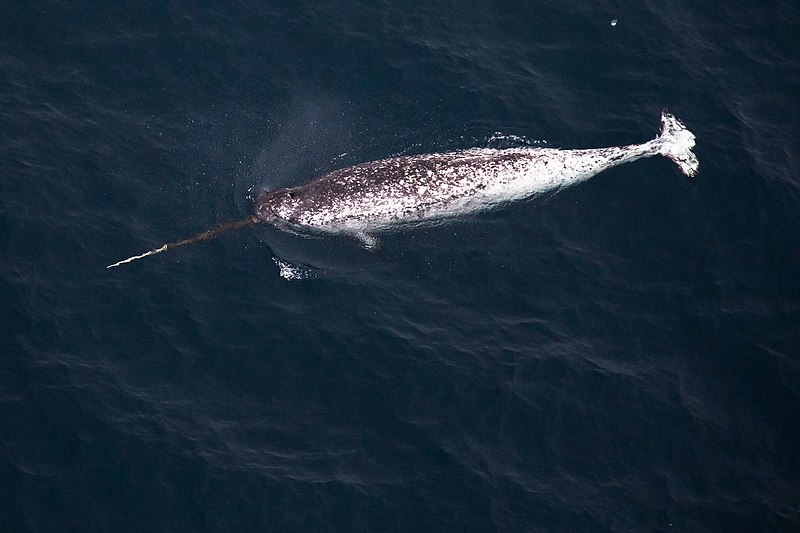
Narwhals, known for their distinctive long tusks, have seen a stable population in recent years due to conservation efforts in the Arctic. These elusive whales, often called the “unicorns of the sea,” were once at risk due to hunting and habitat changes. International agreements and the creation of protected areas in the Arctic have helped maintain their populations. Additionally, monitoring efforts have been implemented to study the effects of climate change on their habitats. The preservation of narwhals underscores the importance of continued vigilance in conservation.
This article originally appeared on Rarest.org.
More From Rarest.Org
Discovering remote hot springs is like finding hidden gems in nature’s treasure trove. These secluded spots offer not just breathtaking scenery but also healing waters rich in minerals. Read more.
Gardening enthusiasts often seek out rare seeds to add unique and exotic plants to their collections. These sought-after seeds offer not only aesthetic appeal but also the thrill of growing something extraordinary. Read more.
In the fascinating world of insects, some species stand out not just for their unique appearances and behaviors but also for their extraordinary prices. Collectors and enthusiasts are willing to pay significant amounts for these rare and exotic creatures. Read more.



